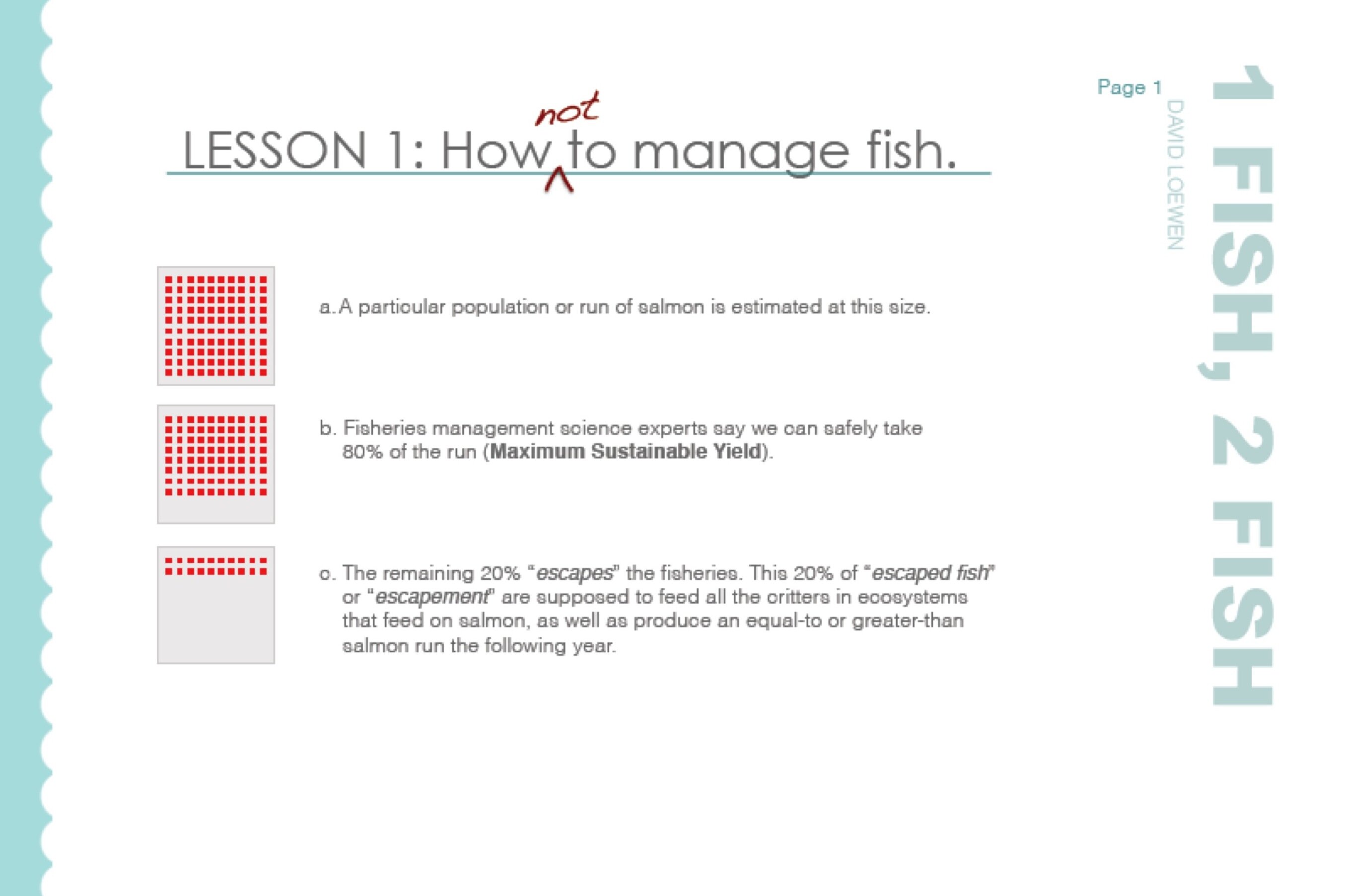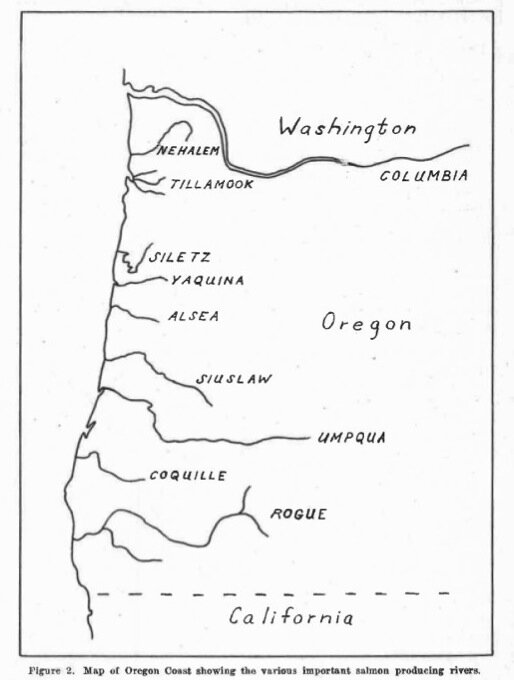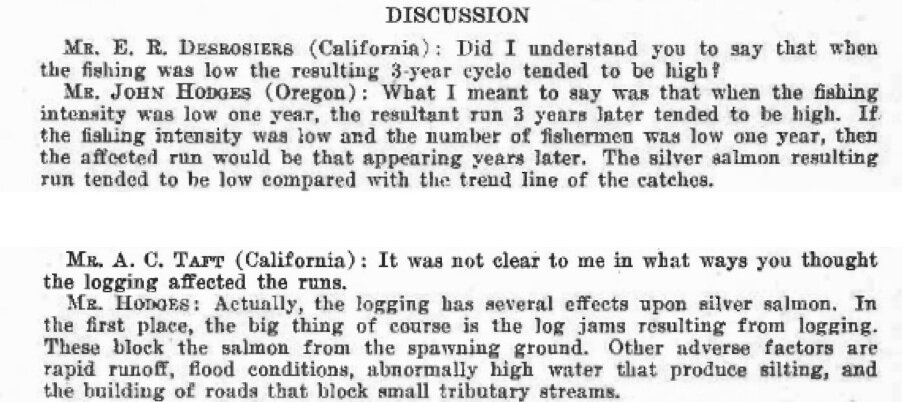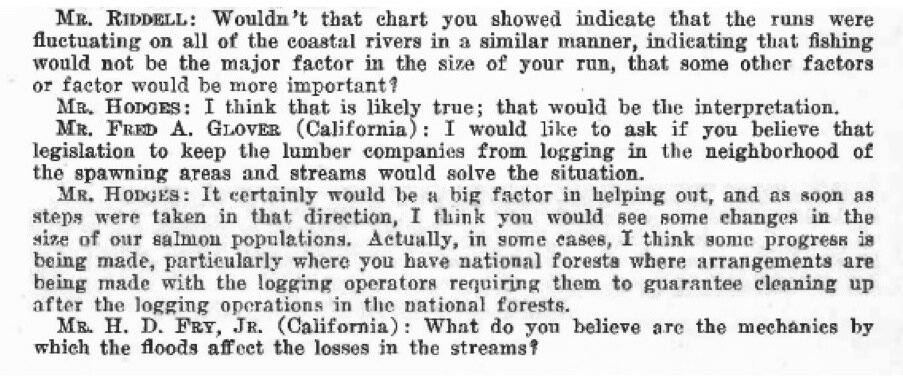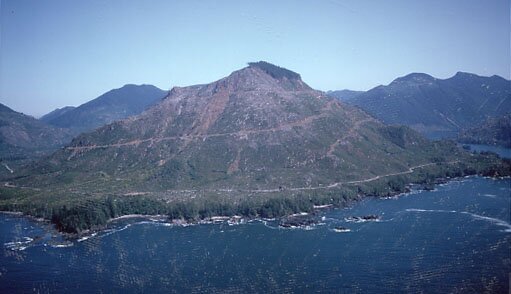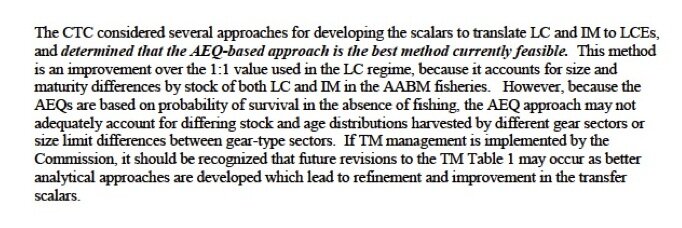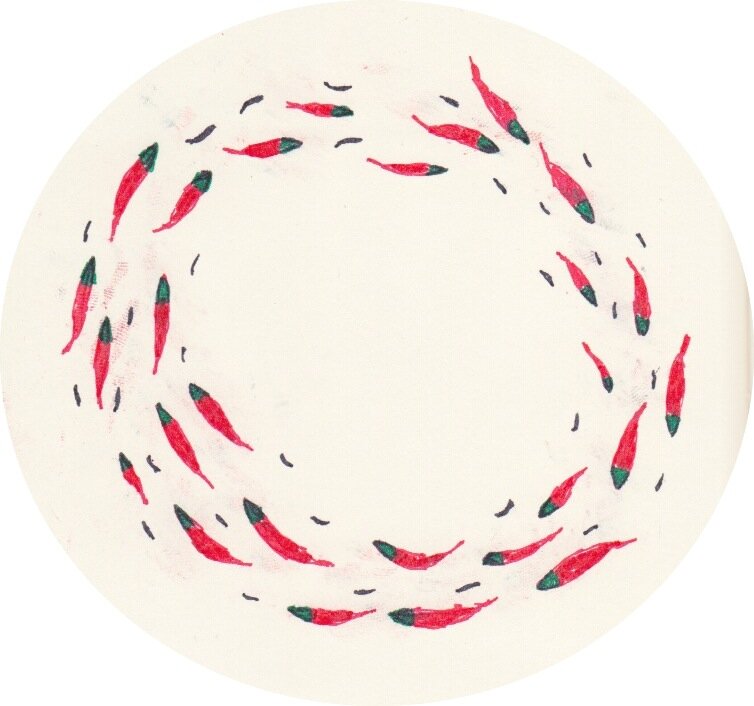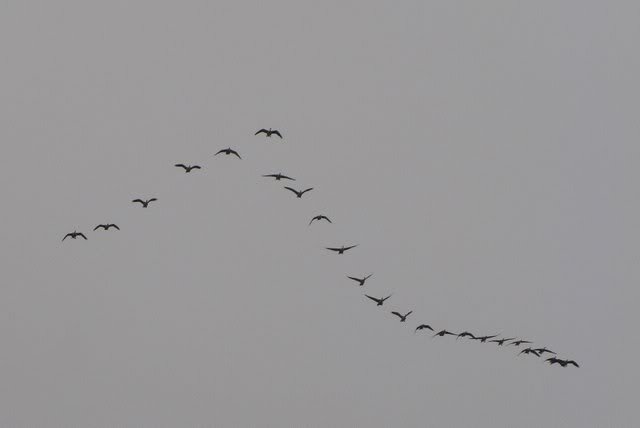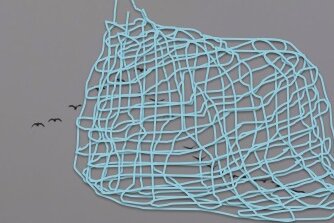
.
A curious find at the local university library this week: “Salmonid Ecosystems of the North Pacific“.

inside page
It was compiled in 1980.
In the preface, it suggests:
Some stocks of salmonids have been fished heavily since before the turn of the century, and most have been heavily fished since the 1930s. Freshwater spawning and nursery habitats have also been degraded by land and water use activities. Most natural populations have declined from the combined effects of overfishing and environmental damage.
The preface also discusses the explosion at that time of artificial propagation, such as salmon enhancement (e.g. hatcheries) and massive ‘salmon ranching’ programs in Asia and Alaska. The big question on the books for this symposium was the impact of these efforts on the North Pacific.
Essentially: did pumping out a pile of artificially propagated salmon have a negative impact out in the ocean? Or, was the continued practice going to have a negative impact?
Kind of like asking if you drop an ice cube in a swimming pool whether it changes the temperature…
Or whether farting in a gymnasium changes the inside air temperature…
_ _ _ _ _ _
The first paper is by Dr. Randall Peterman, a common presence still to this day in salmon discussion in B.C and in the now wrapping up Cohen Commission into Fraser sockeye declines.
In the intro to his paper, Peterman suggests:
The catch of salmon (Onchoryncus spp.) in both British Columbia and all Pacific rim countries has dropped 50 percent in the last forty years.
And so salmon species were absolutely hammered by human fisheries from the late 1800s through the early 1900s coupled with… what might be called rather lax environmental standards…
And yet…
Under the guidance of government ministries, we continued on this path in B.C.:

take, take, take --- 80% take of total annual Fraser sockeye run
Every year, year after year, take anywhere between 60 – 80% of what was the estimated run size. All in a practice of Maximum Sustainable Yield. A fine practice largely supported by fisheries scientists everywhere.
Even with esteemed scientists such as Dr. Peterman (prob. pretty young in that day) suggesting: “hey look we’re already seeing a 50% drop in the catch rates…”
It has to be continually pointed out… this is 60 – 80% of the run taken in domestic fisheries. This does not account for the high seas.
The Magnuson-Stevens act which granted Exclusive Economic Zones (EEZs) of 200 miles offshore to coastal nations didn’t kick in until 1976. That means that until that time there were any number of international and domestic fishing boats plying the North Pacific for fish.
Remember the term “curtains of death” … these referred to drift nets that could be as long as 40 km and caught everything in their path. These weren’t banned until the 1980s by the United Nations.
And yet, even a Vancouver Sun article in 2008 discusses the challenges in still catching offenders using outlawed drift nets.
From May to October, surveillance planes from Canada, Japan, Russia and the U.S. search that immense body of water for illegal drift nets.
Drift-net boat crews put out the banned nets at dusk and pull them in after dawn, to try to avoid being seen from the eyes in the sky above them.
The nets – some as long as 40 kilometres – are an efficient but indiscriminate way to remove target and non-target fish during those six months, when the North Pacific’s frigid waters are warmest and fish populations peak.
Depleted stocks of salmon in North America and Asia aren’t the only victims…
Yeah… this a bit more like trying to measure the impact of an ice cube dropped in your hot tub…
_ _ _ _ _ _
The 1980s book, has an article that provides a slight glimpse into the impacts of high seas fisheries in the middle part of the last century.

high seas fisheries salmon catch
As the caption suggests: this is the catch of sockeye salmon by commercial fisheries of the then-USSR, Japan, U.S., and Canada from the 1920s through the 1970s.
This is the “reported” catch of those fisheries.
And yup, that’s over 40 million sockeye caught on the high years.
Now of course, the offended fisheries scientist will probably jump in here and say, but those were mostly Alaskan sockeye…
I’m guessing the research wasn’t all that advanced to tell us exactly where the fish came from. I’m also guessing that maybe Cold War relations didn’t really facilitate American scientists or observers on Soviet fishing boats…
It also needs to be pointed out that this is the “reported catch” of salmon in fisheries that reported them… what about the other high seas and domestic fisheries that don’t and didn’t need to report salmon by-catch?
By-catch being the fish thrown overboard dead and squashed and unwanted. When one is targeting Gulf of Alaska pollock they don’t want dirty salmon polluting their catch…
_ _ _ _ _ _
Sadly… there is next to no mention of this issue in Cohen Commission material — but for five clauses in one of the twenty-one Policy and Practice Reports.
With reference to the North Pacific Anadromous Stocks Convention, which did not come into force until 1993 and only includes (as quoted in the Cohen Policy report):
The parties are Canada, the US, Japan, South Korea, and Russia. China participates informally in this convention, but is not a party to it.
The high seas are essentially considered “common” property, which means you gotta boat, you go fishing… and considering the Vancouver Sun article from 2008 suggesting that high seas illegal drift net fisheries were still a problem…
And maybe I’ll just make casual mention of the fact (from the Cohen policy report):
The primary purpose of the North Pacific Anadromous Stocks Convention is to prohibit targeted fishing of anadromous fish stocks outside of the parties’ EEZs.
Yeah… I’ve heard a few folks use that excuse: “…but… i wasn’t ‘targeting’ them…it was an accident”
The convention delimits a zone, called the Convention Area, within which this prohibition applies. Under the treaty, only incidental catch of anadromous species is permitted within the Convention Area, and any incidental catches must not be retained, except for scientific research
Great… more by-catch thrown overboard.
_ _ _ _ _ _
But there is more…
The convention creates the North Pacific Anadromous Fish Commission. The goal of the Commission is to promote the conservation of anadromous species in the North Pacific and the enforcement of the convention. While it does not play a fisheries management role, the Commission is mandated to determine scientific research projects, conservation measures and enforcement issues. Parties also commit to promote cooperative scientific research in the North Pacific.
In other words… no teeth… this is just about marketing… er… umm… I mean “promotion”.
It’s akin to the idea of governments promoting the idea of personal savings as a good idea… but knowing just as good ol’ Dubya Bush said after 9/11… everyone needs to be good Americans and get out there and shop…
_ _ _ _ _
This type of “policy” language is where many problems lie.
Seems many folks figure because we write something down on paper and say “this is the regulation/policy/law” that that then becomes actually enforced, enforceable, and makes any difference whatsoever.
Like the bike helmet law in BC…
_ _ _ _ _ _
And more unfortunate… it seems that the Cohen Commission into Fraser Sockeye (aka. “the commission to end all salmon commissions”) largely limited itself to only looking as far back as about 1990 when it comes to Fraser sockeye.
That’s only about 4 or 5 life cycles for a Fraser sockeye. (what if we did fruit fly research that way… “hey folks, we’re only going to look at a 40 to 50 day period…”
And sadly, the story written for Fraser sockeye declines had some significant plot developments at the turn of the century through to the 1980s.
A good hundred years of profit and plunder… and blunder…
A similar storyline as almost every fish stock around the world subject to industrial fisheries… and industrial fisheries science and industrial society politics.
Sadly, much of the science simply justifies the fisheries.
As well as, simply supporting more writing of policies and procedures and best practices and benchmarks and strategic plans and… and… and…
And yet on the ground… or in the water for that sake… the small coastal communities and people that live in them bear the brunt of the burden.
The brunt of the burden when the fisheries starting getting cut back… and even more brunt of the burden when fisheries all but disappear, because now it’s time for conservation…
And when the discussion starts about “what to do…?” they’re told to sit quietly at home, or in the back corner, and let the “experts” figure it out for them…. and then read the thousands of pages of documentation that tells them why the experts are right… (just like they were last time…last decade… and the decade before that…)
Maybe it’s time for a change on how things are done.
More … less expert forums, and policy and practice reports, and technical reports, and expert testimony, and bumpf-filled excuses and justifications…
Don’t get me wrong, the experts play a part… it’s just that they probably shouldn’t write the story.






